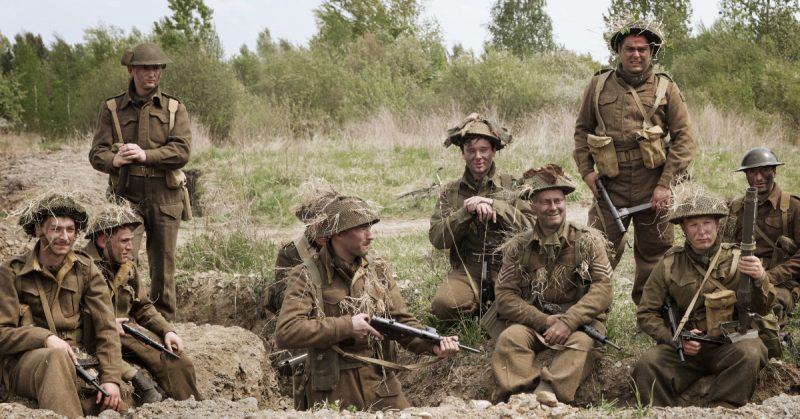Battles sometimes become readily identifiable by a name or phrase: Normandy, for instance, or the Battle of Britain.
They instantly conjure images of where and how they were fought: Normandy on beaches, the Battle of Britain in the skies over London.
But the Battle of the Tennis Court? Sounds improbable, but that’s the name given to one of the bloodiest skirmishes of World War II.
In 1944, over the course of about two months, British Empire troops in Burma defended turf from an onslaught of Japanese soldiers, on a sliver of land that was, in fact, a tennis court in Kohima.
The gore, constant fighting and casualties were almost unprecedented. In fact, in 2013, the British Army Museum voted the Battle of Kohima and the Battle of Imphal (seen as one overall battle) “Britain’s greatest ever battle.”
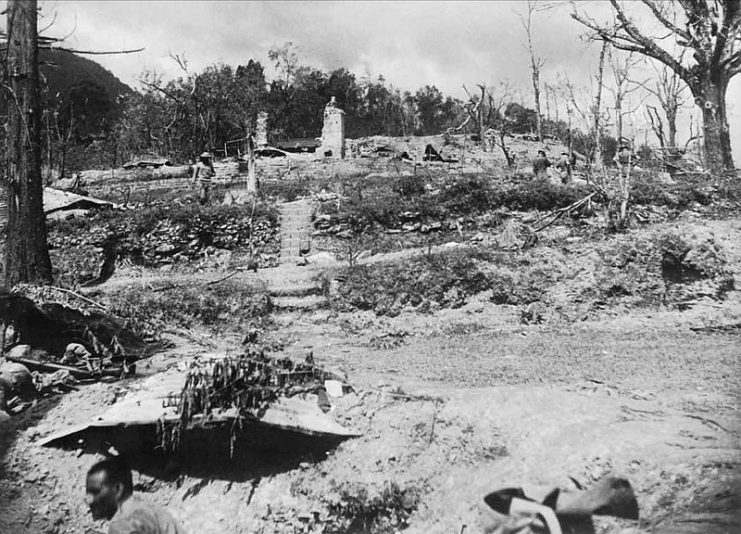
In early April 1944, the Japanese were intent on occupying Burma before moving fully into India.
They fought against British and Indian troops, at once stage attacking every half hour. The assault badly crippled British forces. The British retrenched, desperate to hang on to what little territory they had left.
But the Japanese were unable to make it through British defenses, so they retreated to the highest point available: the tennis court. The property had belonged to the District Commissioner’s Bungalow but was now part of the British’s northern defense line.
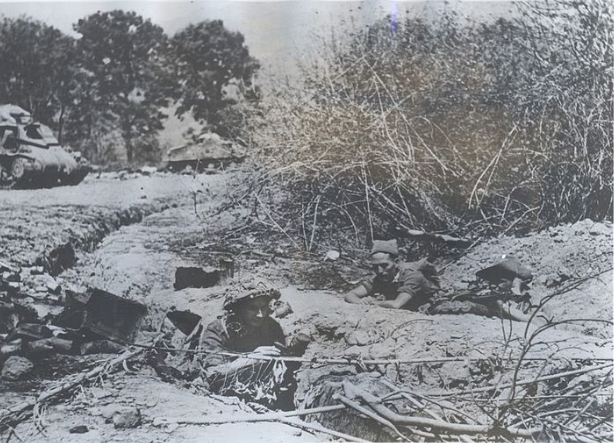
Since neither side was willing to cede any ground, the battle continued. But no matter how heavily the British and Indian troops fought, the Japanese just kept coming.
Because the British had the cover of a BREN gun, they were eventually able to regain the tennis court.
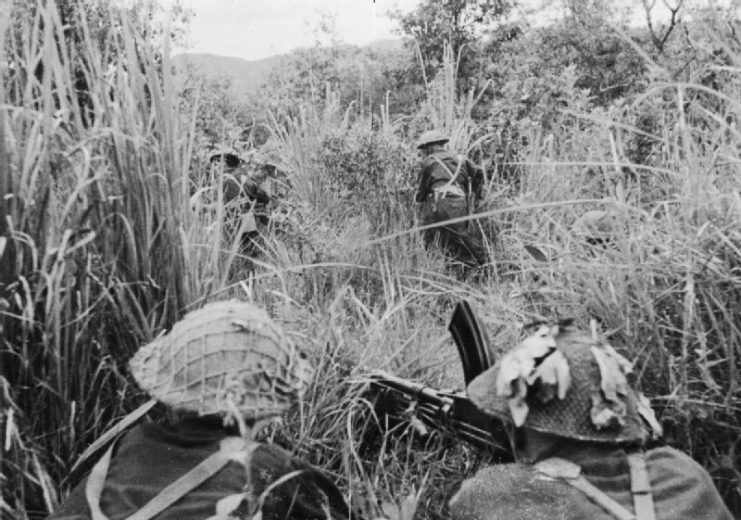
It was as if both sides were possessed by an equal determination to win. Throughout Easter, the Japanese launched wave after wave of attacks.
They knew that soon the weather would turn against them, and monsoon rains might cut off their supplies – a situation that the British were fervently hoping for.
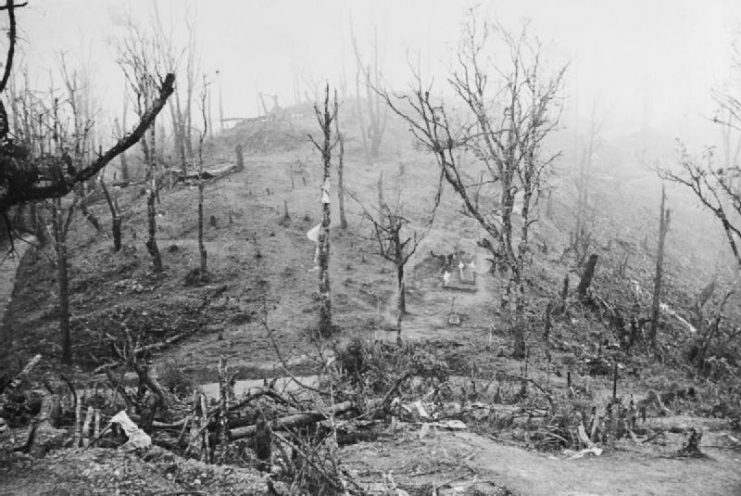
But the British had a lot of wounded men and were almost out of ammunition. Even injured men weren’t out of harm’s way. The battlefield was so small that the field hospital was in plain view of firing Japanese soldiers.
By April 13th, fresh soldiers and more ammunition had arrived. British soldiers were on one side of the court, while the Japanese were on the other. Survivors later described what ensued as a kind of deadly snowball fight.
One side would throw grenades, then dive for cover. An onlooker might have found the scene comical if it hadn’t been so deadly.
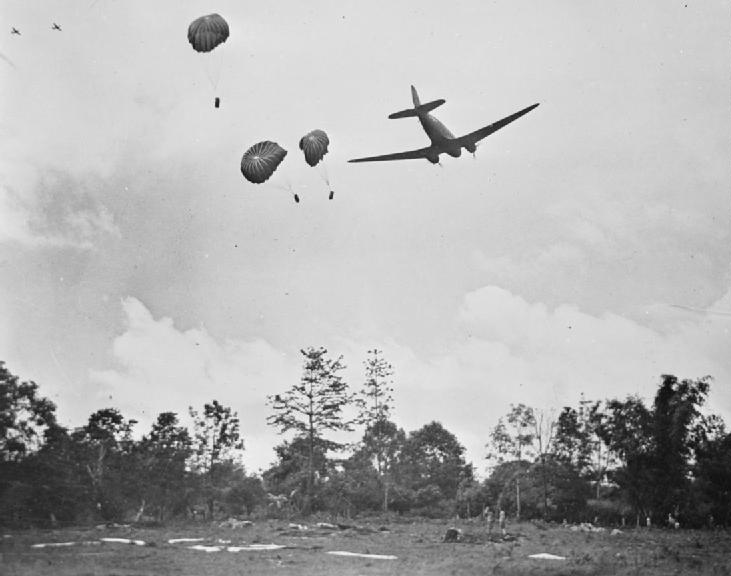
Suddenly, the battlefield went quiet as the Japanese stopped firing. The British knew it was temporary, and they were right.
On April 17th, the Japanese launched a last, full-throttle attack. Soon, the British were backed into a geographic corner at the northeastern part of Kohima Ridge. The fighting went on for weeks.
But ultimately, the Japanese could not sustain this fever pitch. They lacked the men and supplies to surmount the British and Indian troops’ determination to hold their ground.
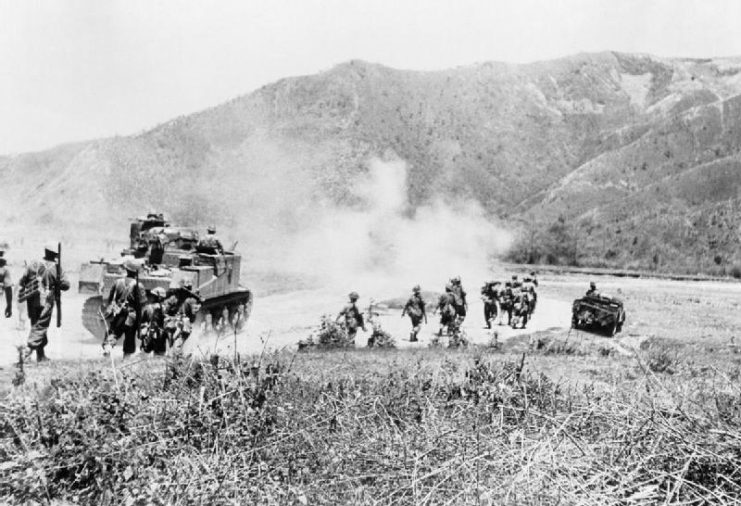
The Battle of the Tennis Court lasted until the beginning of June 1944. The British and Indian troops lost more than 4,600 men while the Japanese lost more than 5,700.
But the fight came to symbolize the unity and determination of soldiers united under the British Empire against Japanese violence and hostilities.
It has been memorialized in books such as John Colvin’s “Not Ordinary Men: The Story of the Battle of Kohima” and “The Siege of Kohima: The Battle for Burma” by Robert Street.
Read another story from us: Remembering WWII’s “Forgotten Army”
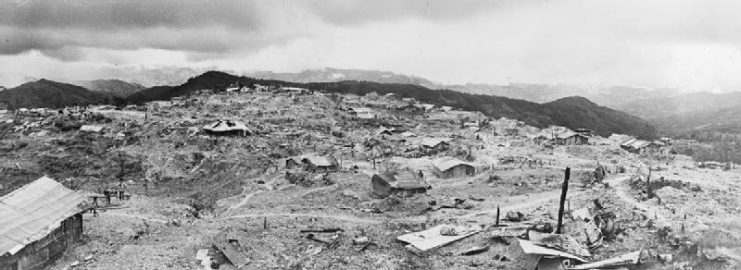
The area in which this fight happened was geographically small, less than a mile in length. But its historical significance and its impact on the Burma Campaign were huge.
